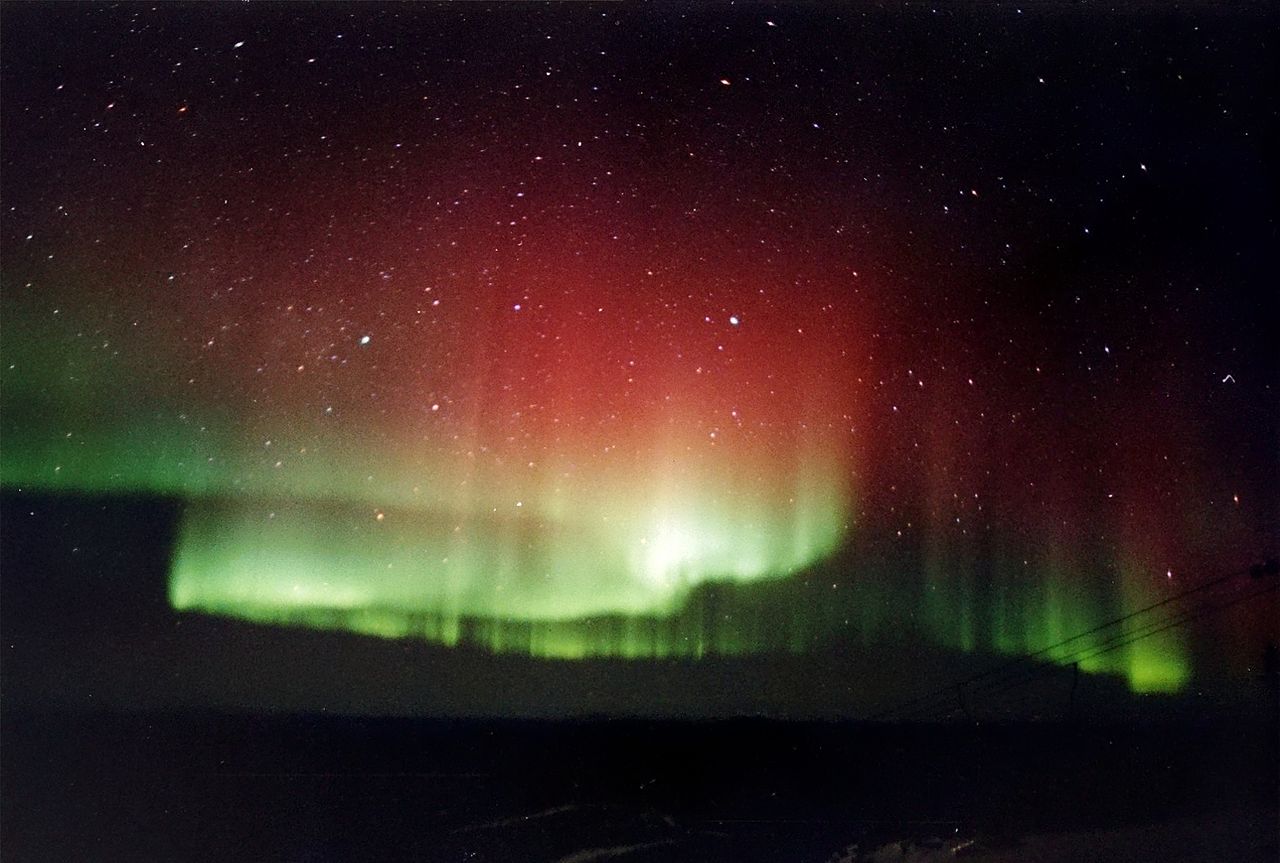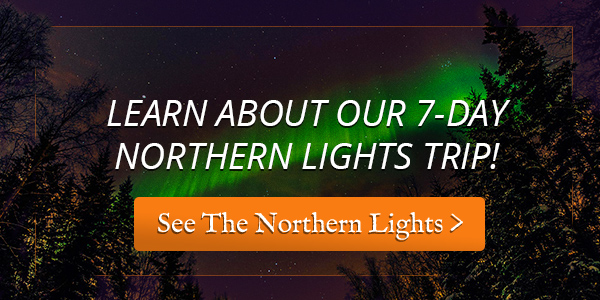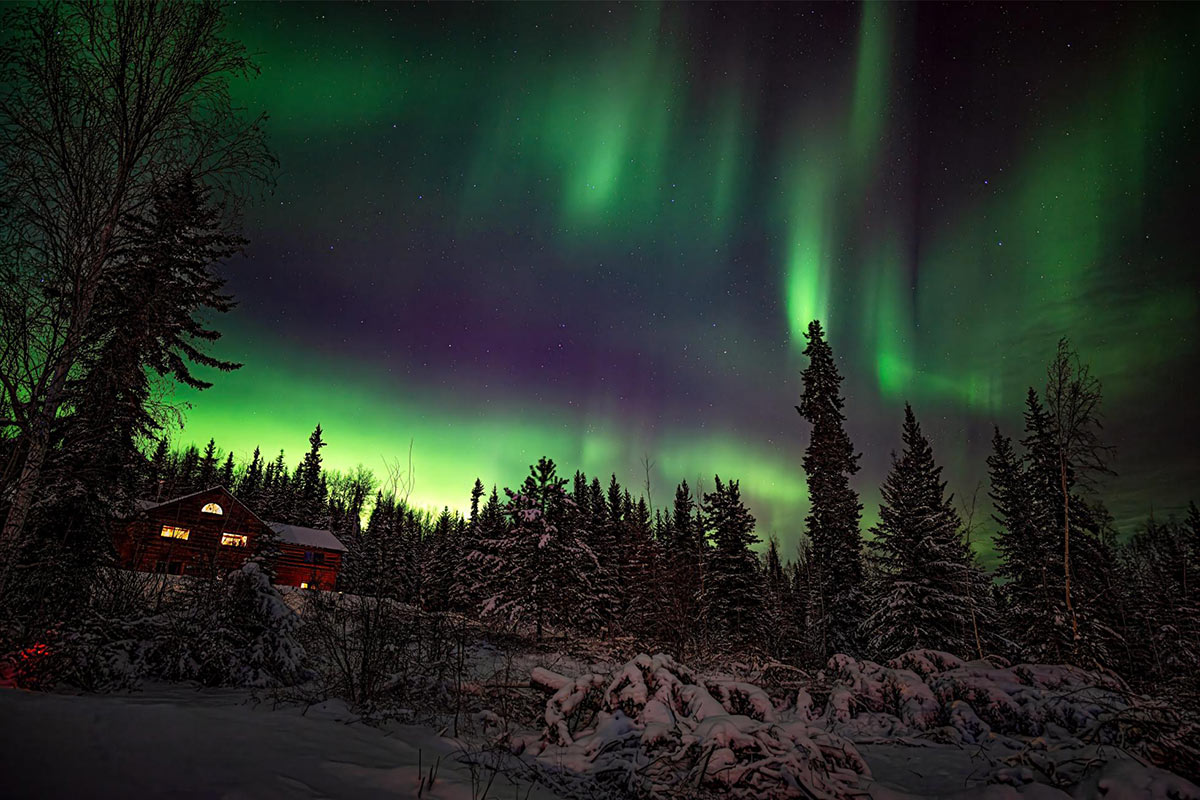 My last post, 9 Things You Didn’t Know about the Northern Lights , inspired me to research other mythologies about the Northern Lights because the fact why it is called Aurora borealis: it was named after the Roman goddess of dawn, Aurora, and the Greek god of of the north wind, Boreas. This lead me to ask the question, before science how did people make sense of the mysterious lights?
My last post, 9 Things You Didn’t Know about the Northern Lights , inspired me to research other mythologies about the Northern Lights because the fact why it is called Aurora borealis: it was named after the Roman goddess of dawn, Aurora, and the Greek god of of the north wind, Boreas. This lead me to ask the question, before science how did people make sense of the mysterious lights?
Well, to satisfy my curiosity and celebrate Halloween, here are a few short folktales about the Northern Lights.
The Sami people (also known as Lapps or Lapplanders) live North of the Arctic Circle in Norway, Sweden and Finland. Archaeologists have documented these peoples’ existence since 10,000 B.C. Having occupied those Northern lands for that long, I wasn’t surprised to come across an entertaining story about the Aurora Borealis.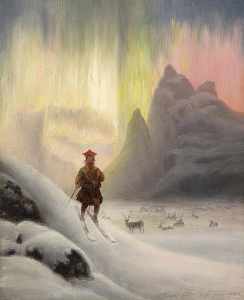
The Samis believed energy from souls departed created the Northern Lights. According to certain stories, only the energy from those who died a violent death would be part of the colorful spectacle. Another common belief was that the souls held torches to help guide other souls entering the afterlife through a small portal in the sky. Anytime the fires of the skies were ablaze people behaved solemnly. Those who failed to respectfully observe the fires were subject to bad fortune. The spirits apparently were having a good time, though. They were supposedly seen every now and then feasting and playing soccer games with a walrus skull.
We’ll take our journey a little further south to northern England. James Radcliffe, the Earl of Derwentwater, played a prominent role in the 1715 rebellion in an attempt to restore the Stuarts back on the English throne. 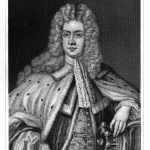 When the rebellion failed he surrendered and was beheaded in the Tower of London. Legend has it the Northern Lights appeared that same day in all of northern England in a particularly red display. Since then, the rare times the Aurora emerge in this region, locals refer to the Aurora as “Lord Derwentwater’s Lights.”
When the rebellion failed he surrendered and was beheaded in the Tower of London. Legend has it the Northern Lights appeared that same day in all of northern England in a particularly red display. Since then, the rare times the Aurora emerge in this region, locals refer to the Aurora as “Lord Derwentwater’s Lights.”
At the other end of the world, the indigenous peoples of Stewart Island, the Maori, have their own interesting myth about the Aurora—the Aurora Australis. Stewart Island is the third largest island of the New Zealand archipelago and known for its stunning red sunsets and Southern Lights displays. The first Maori settlers named the island Rakiura after the Maori chief, Te Rakitamau. Te Rakitamau left his home to ask another chief for the hand of the eldest daughter of his two daughters. When she turned him down, embarrassed, he asked for the youngest daughter’s hand in marriage. Betrothed to another, the youngest daughter could not accept his offer. Te Rakitamau left defeated and red from blushing. Many Maori attribute the blushing of Te Rakitamau because of his failed marriage proposals to the sunsets and the southern aurora you can see from the Island. That is why is the island was first named Rakuira.
North America is home to dozens of tales about the Northern Lights, mainly due to the numerous Native American cultures that stretched across the continent. The Algonquins believed their creator moved North after he finished his creation and lit great bonfires that reflected in the skies. The Menominee Indians in Wisconsin believed that friendly giants lived in the North and lit great torches while spearfishing. Native American tribes in Alaska held the same belief as the Samis that the Northern Lights were also the energy of departed souls. During the dancing lights of the night sky, it was not advised to venture out unless you had a weapon. Many in Alaska also believed that making noise, such as clapping or whistling, would attract the spirits, and they would take you away into the night. However, some Alaskan natives began whistling so the spirits would come closer. They would then attempt to give messages to the spirits to bring to their beloved deceased friends and family.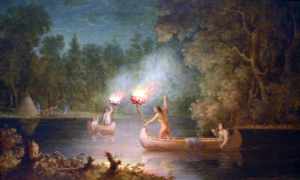
Stories like these fascinate me because of how they became culturally mainstream to these peoples. It shows the common human desire to understand and to know. That is why people venture so far north. Now that our science explains the natural phenomenon of the Auroras, some might think the mystery disappears, but I disagree. I will look into the science behind the Northern Lights in my next blog post, and I have found that finding the answer to one question only leads another.
Watching the Northern Lights in person is amazing, almost otherworldly, and learning the old myths makes me appreciate the human experience of encountering earth’s natural wonders even more. In a sense, this sums up why I founded Gondwana Ecotours: to bring wonder and understanding through the best experiences the world has to offer.
The Northern Lights can be observed in countries such as Norway, Sweden, Iceland, and Finland due to their proximity to the Arctic Circle. Canada, particularly regions like Yukon and Northwest Territories, also offers breathtaking views of this natural phenomenon. For a chance to witness the Northern Lights in all their splendor, travelers often venture to remote locations with minimal light pollution.
